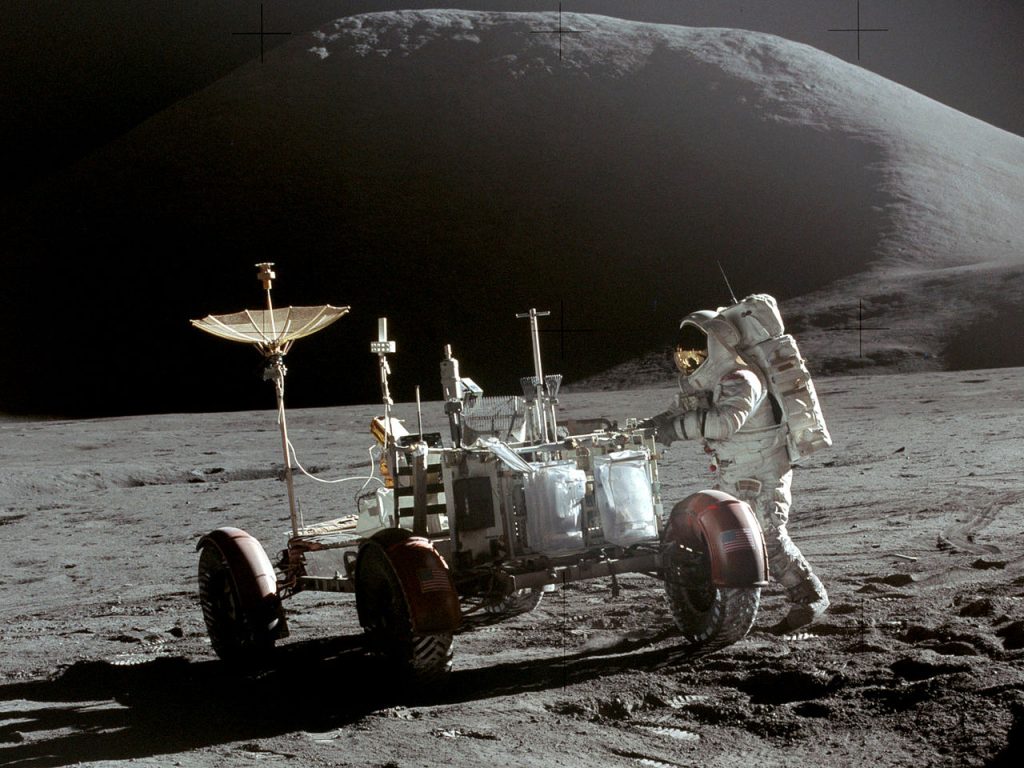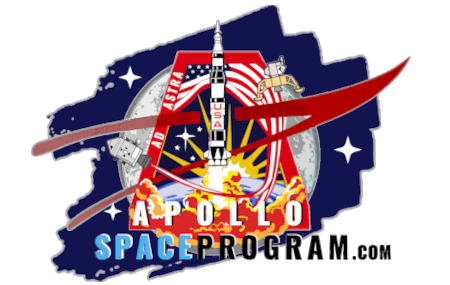Apollo 15 was the ninth manned mission in the United States’ Apollo program and the fourth mission to land humans on the moon. It was launched in July 1971 and was crewed by astronauts David Scott, James Irwin, and Alfred Worden.


One of the major objectives of the Apollo 15 mission was to test the Lunar Roving Vehicle (LRV), a small, electric-powered car that the astronauts used to explore the lunar surface. The LRV allowed the astronauts to travel much farther from their landing site than previous missions had allowed, and they were able to conduct a variety of scientific experiments and collect a large number of moon rocks and soil samples.

The mission also included the first use of a Scientific Instrument Module (SIM) on the lunar surface, which allowed the astronauts to conduct experiments on the moon’s surface using a variety of instruments, including a spectrometer and a seismometer.
Overall, the Apollo 15 mission was a major scientific and technical success and provided valuable insights into the moon’s geology and environment. The mission returned to Earth on August 7, 1971, after completing a total of 18 orbits around the moon.

